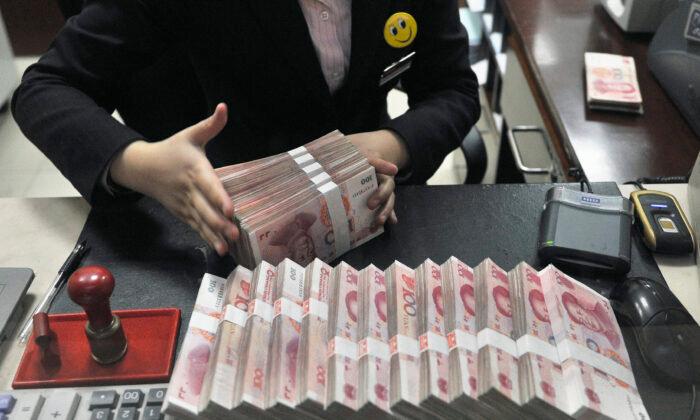Chinese banks are estimated to have issued 1.194 trillion yuan ($171.7 billion) in net new yuan loans last month, down from 1.39 trillion yuan in November, according to the median estimate in the survey of 31 economists.
If December data, due during the coming week, is in line with forecasts, total new lending in 2019 would hit 16.88 trillion yuan, up 4.3 percent from the previous record of 16.17 trillion yuan in 2018.
Analysts say faster credit expansion will be key to stabilizing economic growth, which cooled to 6 percent in the third quarter of 2019, the slowest since the early 1990s.
The PBOC has also lowered its key lending rate in recent months, with more cuts expected possibly before the end of this month.
Beijing has been leaning more heavily on fiscal stimulus to weather the downturn, cutting taxes and issuing local government bonds to fund infrastructure projects.
The government has brought forward 1 trillion yuan of its 2020 local government special bonds quota, following the issuance of 2.15 trillion yuan in such bonds last year.
Any acceleration in special bond issuance could help boost total social financing, a broad measure of credit and liquidity.
In December, TSF is expected to fall to 1.7 trillion yuan from 1.75 trillion yuan in November.
Broad M2 money supply growth in December was seen at 8.3 percent, marginally down from 8.2 percent in November.
Annual outstanding yuan loan was expected to grow 12.4 percent for December.





